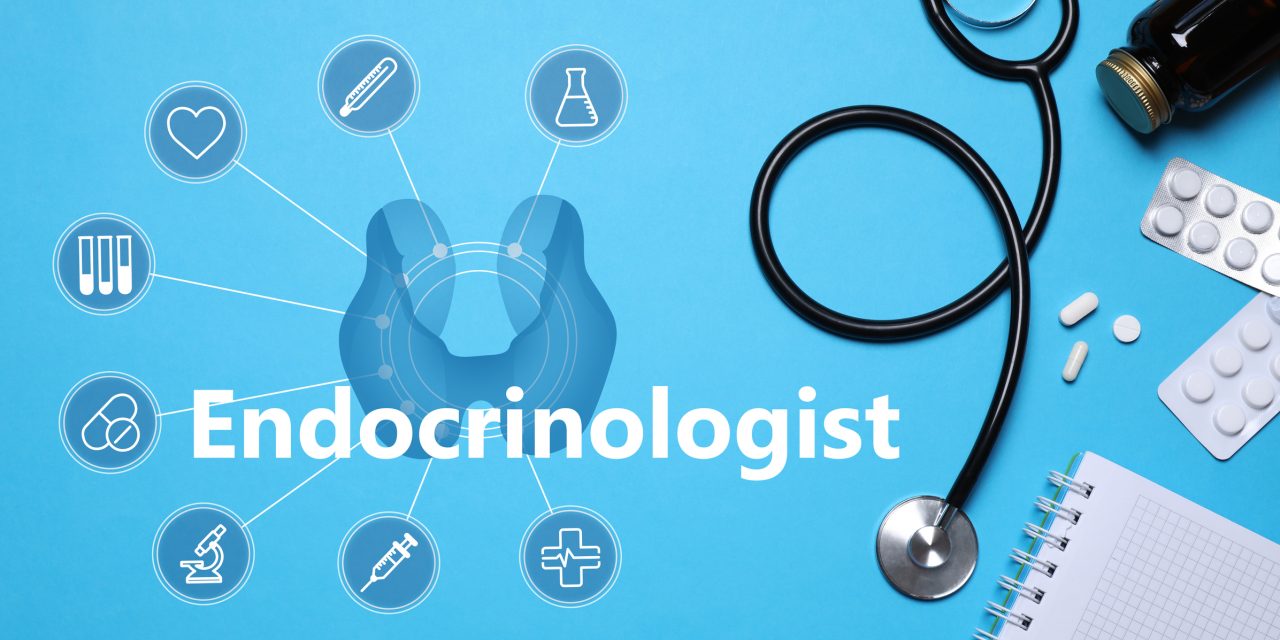Currently, implant-related bone infection characterized by aggravated infection-induced inflammatory responses and osteolysis, remains a severe challenge in orthopedic surgery, especially in patients with osteoporosis. Attempts to control such responses using biomaterials with combined immunomodulatory and anti-bacterial properties may provide novel strategies. Herein, DJK-5, a class of host defense peptides (HDPs) with established antimicrobial and immunomodulatory functions, was introduced into porous Ti alloy. Our results indicated that the DJK-5 immobilized surfaces showed intrinsically multifunctional properties, including antibacterial ability, anti-inflammation, biocompatibility and osteolysis-inhibiting properties. The results demonstrated that the antibacterial efficiency of DJK-5 functionalized surfaces was over 90 % for both Gram-positive and Gram-negative bacteria. Specifically, DJK-5 functionalized samples also possessed the excellent anti-bacterial activity against a mixture of bacterial strains, including S. aureus, S. epidermidis and P. aeruginosa, with an antibacterial rate against mixed bacteria reaching 91.36 %, as well as reduced biofilm formation. The remarkable anti-bacterial efficacy was likely based on the direct anti-bacterial effect of DJK-5, which destroyed the integrity of bacteria membranes, leading to the leakage of intracellular materials. Additionally, the immobilized DJK-5 surfaces could indirectly kill bacteria through promoted macrophage capacity to bacteria uptake. Furthermore, DJK-5 functionalized surfaces suppressed inflammatory reaction by decreasing the release of pro-inflammatory factors and increasing the secretions of anti-inflammatory factors, and thereby impeded the activation of NF-κB signal pathway, which resulted in the disruption of the actin rings and decreased Tracp5b expressions. Based on these promising findings, the multi-functional DJK-5 immobilized titanium represents an efficient alternative to realize better osseointegration in sever implant-associated bacterial infections.Copyright © 2021 Elsevier B.V. All rights reserved.
Covalent immobilization of DJK-5 peptide on porous titanium for enhanced antibacterial effects and restrained inflammatory osteoclastogenesis.


